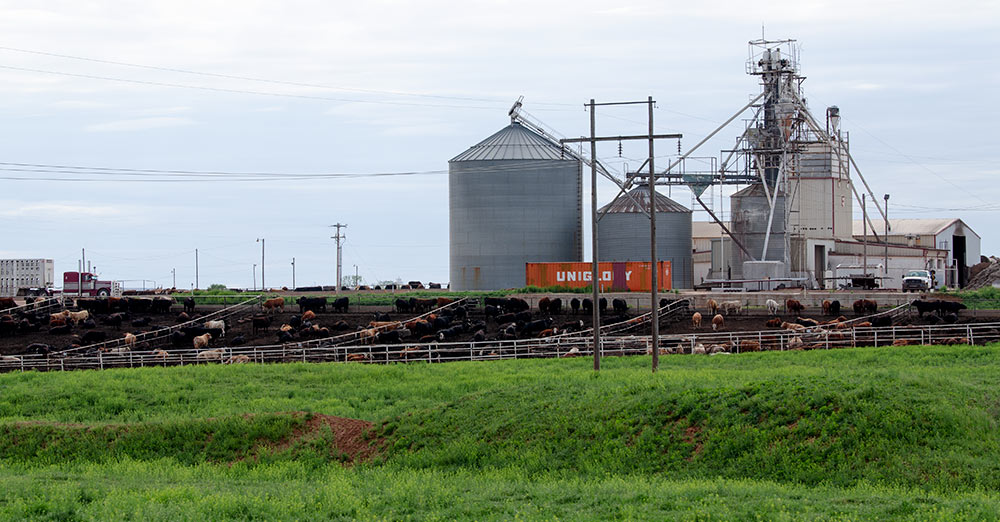
Record April Feedlot Inventories
The average level of feedlot inventories the past year is just shy of a record level.
The latest USDA National Agricultural Statistics Service (NASS) Cattle on Feed report pegged April 1 feedlot inventories at 11.96 million head, 102% of last year and a record April level for the data series, which started in 1996. The 12-month moving average of feedlot inventories is just slightly less than the record annual moving average in January 2007, meaning that the average level of feedlot inventories the past year is just shy of a record level.
Regional differences in on-feed inventories were pronounced and likely reflect the effects of winter weather. Feedlot inventories were up year over year in Texas (up 6%), Colorado (up 12%), Kansas (up 2%) and Oklahoma (up 2%). Feedlot totals were down year over year in Nebraska (down 4%), Iowa (down 4%) and South Dakota (down 4%).
March feedlot placements were up 4.85% year over year, following larger February placements. Monthly placements had declined year over year from September 2018 through January 2019. Total feedlot placements the last six months (October through March), which captures the majority of cattle currently in feedlots, is down 2% year over year. Placements were lower in Nebraska (down 11%) and Iowa (down 3%), both likely reflected weather effects, along with Arizona; but were up year over year in all other reported states.
So far this year total feedlot placements have been 0.6% higher than last year. However, in those three months (January through March) placements of cattle weighing more than 700 pounds (lb.) have been down 0.4% while placements of cattle weighing less than 700 lb. have been up 2.4% year over year. This suggests the bulk of the recent placements will be marketed mid-year and beyond.
Feedlot marketings in March were down 3.4% year over year. However, March 2019 had one fewer business day compared to one year ago, so daily average marketings were slightly higher than last year. For the first three months of 2019, total feedlot marketings were unchanged from the same period one year ago.
The April Cattle on Feed report also included quarterly feedlot inventories. As of April 1, the number of steers in feedlots was 1.1% less year over year. Heifers on feed were up 7.6% year over year. Feedlot inventories by gender provide some indication of herd dynamics with respect to heifer retention. In the five years of herd expansion from 2014-2018, heifers in feedlots averaged 34.4% of feedlot inventories. On January 1 and April 1, heifers accounted for 37.7% of feedlot inventories, indicating heifer retention slowed significantly through 2018 coming into 2019.
Choice boxed-beef cutout prices pushed seasonally higher last week as summer grilling season demand kicks in. Increased demand, combined with continued weather-reduced carcass weights have pushed fed-cattle prices higher to challenge, and maybe replace, the March peaks.
Editor’s note: Derrell Peel is a livestock marketing specialist for Oklahoma State University Extension. This article is reprinted with permission from the April 22, 2019, edition of the Oklahoma Cooperative Extension newsletter Cow-Calf Corner. Photo by Kasey Brown.























